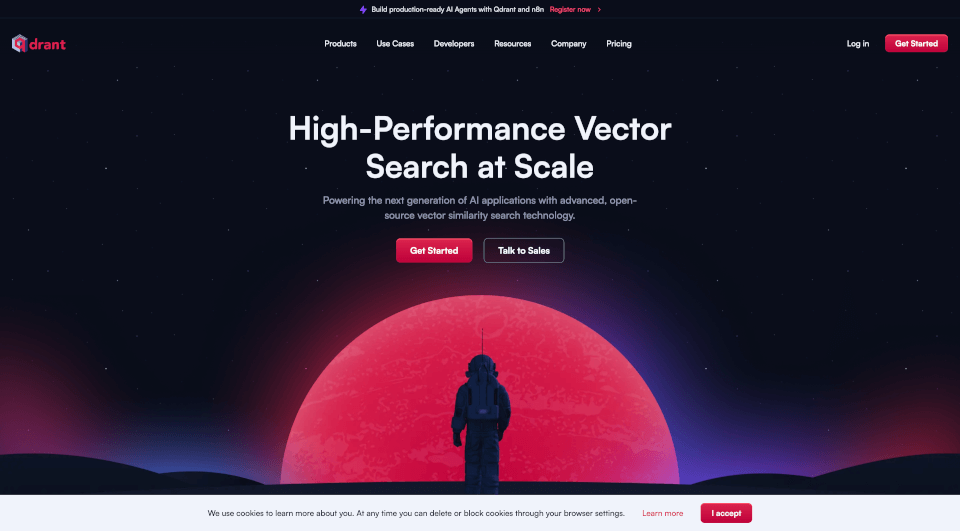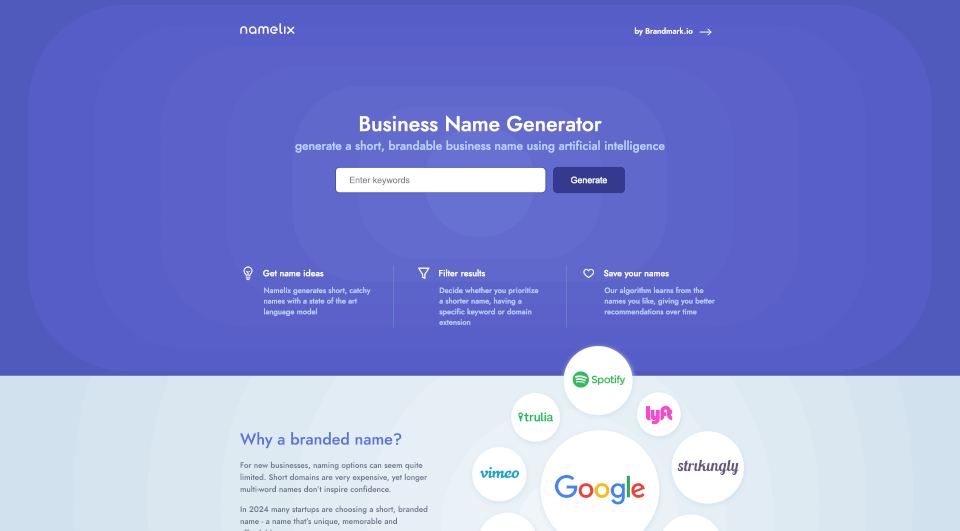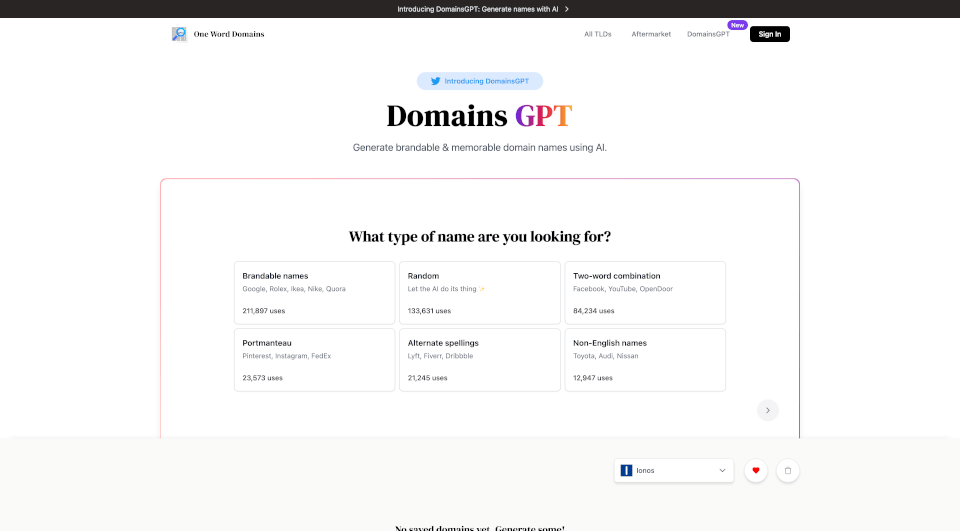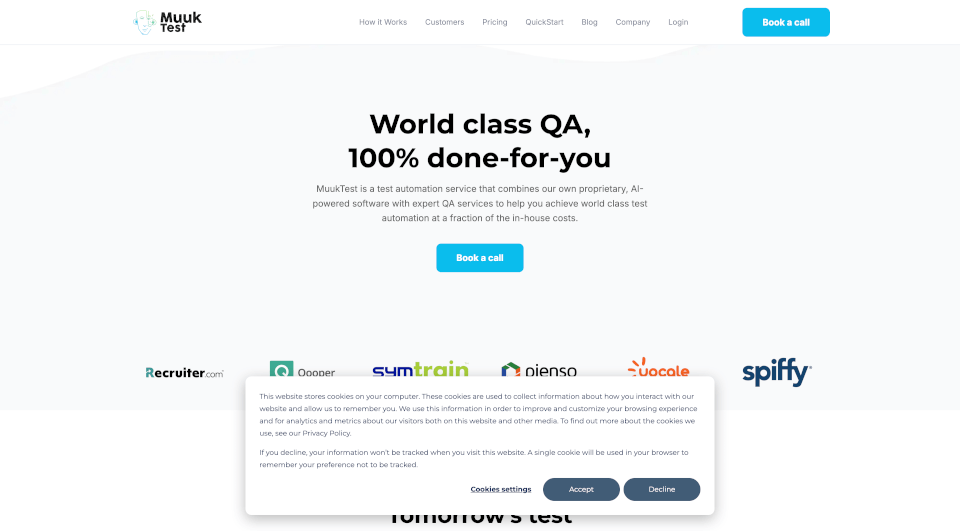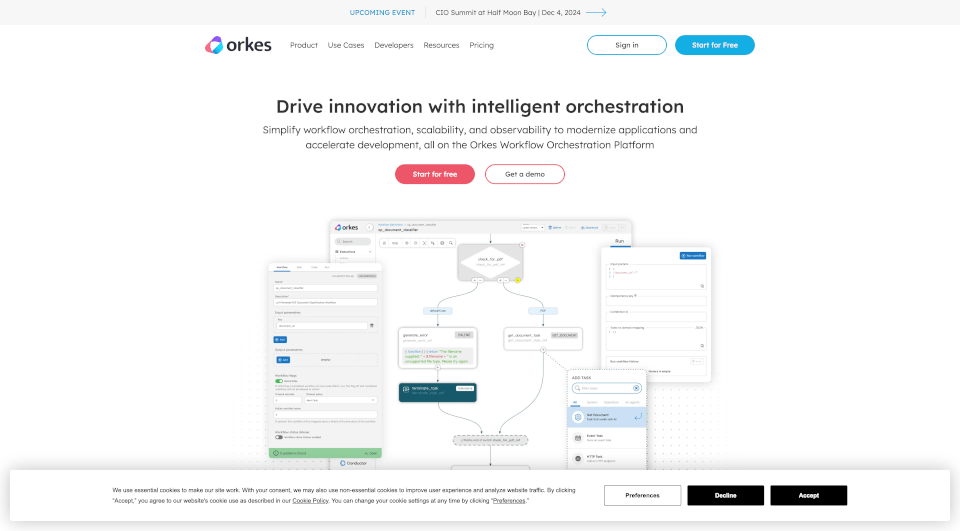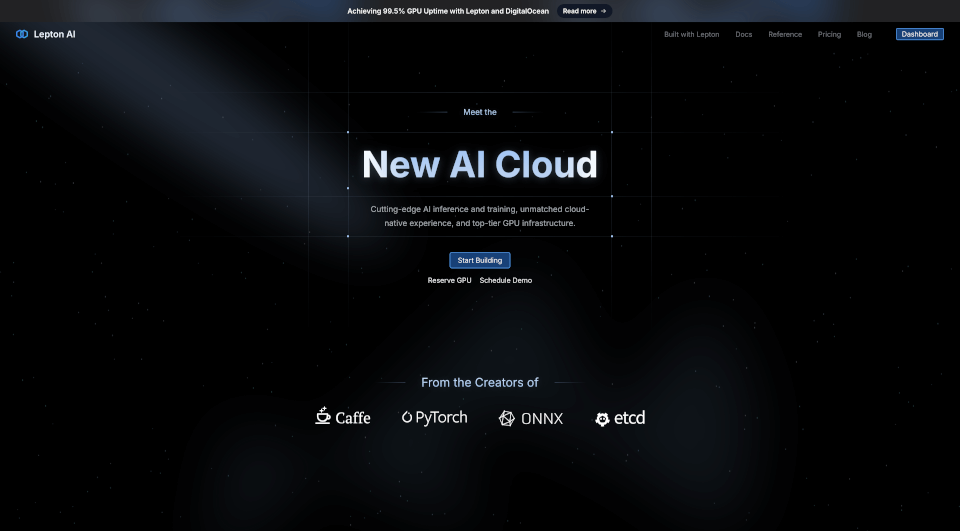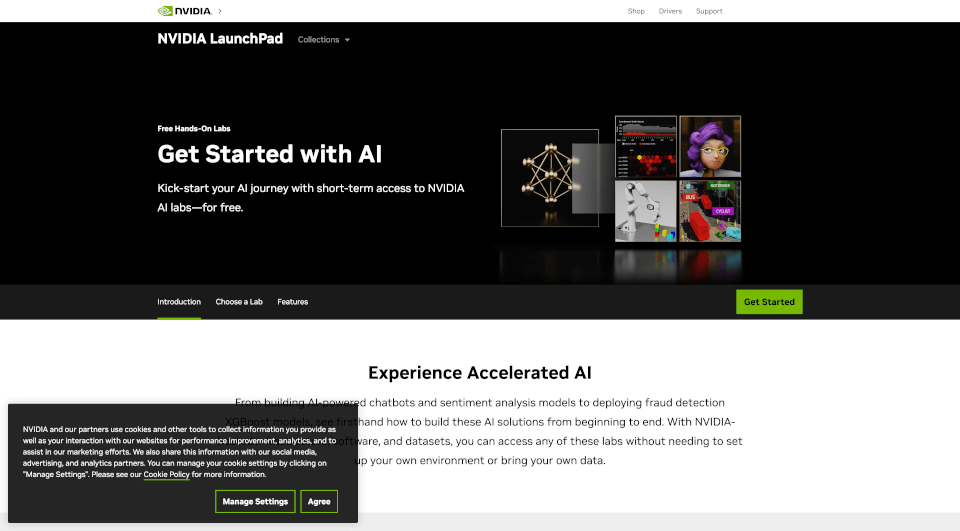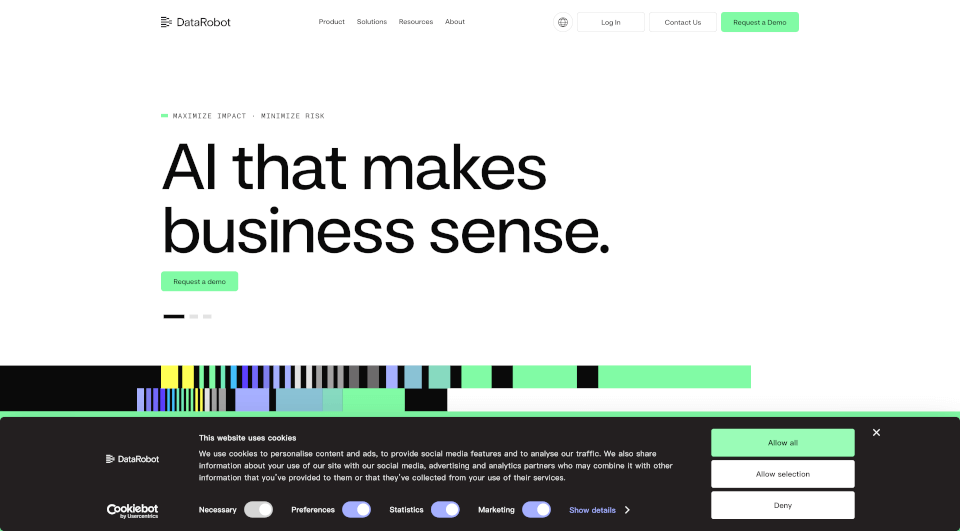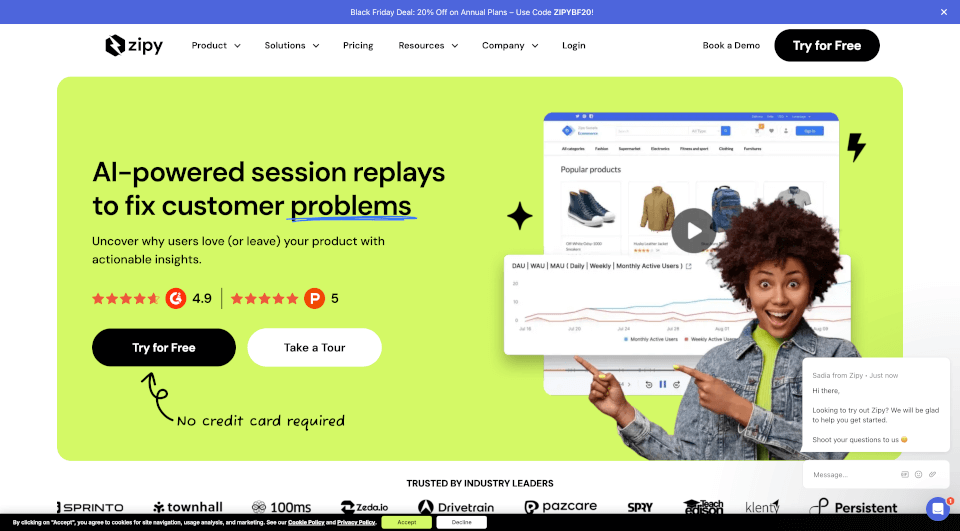What is Qdrant?
Qdrant is an open-source vector database and vector search engine designed for high-performance and scalable vector similarity searches. Written in Rust, Qdrant enables the development of AI applications by providing fast and reliable access to high-dimensional vector data. With its convenient API, Qdrant stands out in the crowded vector database landscape, making it an ideal solution for organizations looking to harness the power of AI-driven search capabilities.
What are the features of Qdrant?
Qdrant boasts a rich set of features that cater to the demanding requirements of modern AI applications:
-
High-Performance Vector Search: Qdrant is optimized to perform rapid similarity searches across billions of vectors, ensuring minimal latency and high throughput for real-time applications.
-
Cloud-Native Scalability & High-Availability: Whether you deploy Qdrant in the cloud or on-premises, it supports both vertical and horizontal scaling, allowing seamless growth as your data and user base expand. Zero-downtime upgrades keep your services running smoothly.
-
Ease of Use & Simple Deployment: Quick deployment is facilitated through Docker, and its lean API simplifies the process of integration into existing systems. Developers can get started quickly with the provided Quick Start Guide.
-
Cost Efficiency with Storage Options: Qdrant incorporates built-in compression options that significantly reduce memory usage and allow for disk offloading, optimizing storage management for cost effectiveness.
-
Rust-Powered Reliability & Performance: Built in Rust, Qdrant excels in speed and reliability. It is engineered to handle the most challenging workloads while maintaining exceptional performance levels.
-
Advanced Search Capabilities: This feature enhances applications' ability to perform nuanced similarity searches and comprehend complex semantics, allowing for sophisticated search experiences.
-
Multimodal Data Handling: Qdrant is capable of processing varied data types—including image, text, sound, and video—enabling comprehensive search results that meet diverse application needs.
What are the characteristics of Qdrant?
Qdrant brings several key characteristics that differentiate it from other vector databases:
-
Open-Source: Qdrant is designed for the community, ensuring transparency and continuous improvement through user contributions.
-
Highly Flexible and Customizable: Users can tailor Qdrant's functionalities according to specific use cases, allowing for unique implementations across different sectors.
-
Compatibility with Leading Embedding Models: Qdrant integrates seamlessly with most prominent embedding frameworks, including those used in machine learning and AI, ensuring it fits smoothly into any ML workflow.
-
Real-Time Performance: The database handles high volume requests with speed, making it suitable for real-time applications where quick responses are critical.
-
User-Friendly Documentation and Community: Users can gain insights and support through rich documentation and an active community of developers, streamlining the learning curve associated with new technologies.
What are the use cases of Qdrant?
The versatility of Qdrant allows it to be used across various domains, including but not limited to:
-
Recommendation Systems: Qdrant's Recommendation API empowers businesses to create highly responsive systems that generate personalized suggestions based on user behavior and preferences. This is particularly beneficial for e-commerce platforms and content providers looking to enhance user engagement.
-
Retrieval Augmented Generation (RAG): By facilitating the effective use of relevant vectors alongside AI-generated content, Qdrant enhances the efficacy of RAG strategies. This application is particularly useful in creative AI tasks where context and relevance are paramount.
-
Advanced Search Solutions: Organizations can elevate their search functionalities by integrating Qdrant, allowing for deep semantic understanding and improved retrieval of information. This can be utilized in knowledge bases, document management systems, and customer support tools.
-
Data Analysis and Anomaly Detection: Qdrant can help identify patterns and anomalies in complex datasets. This capability is invaluable for sectors such as finance, healthcare, and cybersecurity, where timely identification of unusual trends can mitigate risks.
-
AI Agents Development: Qdrant serves as the backbone for building intelligent agents that require sophisticated searching and matching mechanisms. AI-driven solutions powered by Qdrant can be deployed across industries for enhanced automation and decision-making.
How to use Qdrant?
To get started with Qdrant:
-
Docker Installation: Use the following command to pull the Qdrant image:
docker pull qdrant/qdrant -
Run Qdrant: Launch the Qdrant server by executing:
docker run -p 6333:6333 qdrant/qdrant -
API Interaction: Utilize Qdrant’s API endpoints to index vectors, perform searches, and leverage various functionalities as outlined in the documentation.
-
Integration: Embed Qdrant into your applications while leveraging various client libraries available for seamless interaction.
